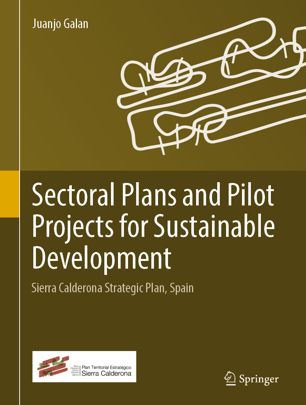

Most ebook files are in PDF format, so you can easily read them using various software such as Foxit Reader or directly on the Google Chrome browser.
Some ebook files are released by publishers in other formats such as .awz, .mobi, .epub, .fb2, etc. You may need to install specific software to read these formats on mobile/PC, such as Calibre.
Please read the tutorial at this link: https://ebookbell.com/faq
We offer FREE conversion to the popular formats you request; however, this may take some time. Therefore, right after payment, please email us, and we will try to provide the service as quickly as possible.
For some exceptional file formats or broken links (if any), please refrain from opening any disputes. Instead, email us first, and we will try to assist within a maximum of 6 hours.
EbookBell Team

4.0
56 reviewsThis is volume 2 of a two-volume work. It discusses a set of ten sectoral plans about natural environment, agriculture and husbandry, urban environment and social welfare, infrastructures and mobility, cultural heritage, tourism and public use, landscape, sustainability, socio-demography, economic development and governance. The sectoral plans are accompanied by eighteen pilot projects that develop in detail their most sensitive or relevant parts. The book is intended for planners and researchers from various disciplines, including urban planning, forestry, agriculture, cultural and touristic management, and sustainability studies.
The book presents a unique example of integral planning at different scales and across different types of landscapes found on the outskirts of metropolitan areas. It features a sustainability orientated integrated plan to maximise the performance of the south-central area of the Calderona Mountain Range, Spain (Sierra Calderona). It is informed and driven by social, cultural, perceptual, sustainability and economic factors supported by a participative process, acknowledging the frequent conflict between the natural and cultural values found there and the strong pressure for transformation and public use.
Incorporating new methodologies and graphical systems for regional and local planning, it constitutes an example of balanced and multidisciplinary planning, based on principles of sustainability, system thinking, new governance and local adaptation.